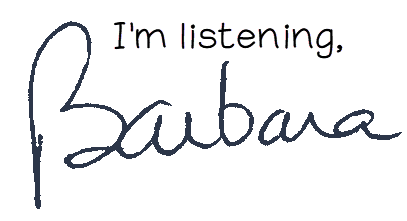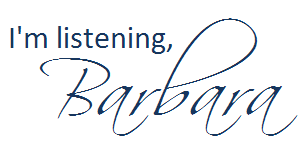Now that spring quarter at the University of Oregon has come to a close, I want to share with you a term-long project my students worked on: their blogs. For most of them, this was the first time they blogged at all, so I was especially impressed with the quality of their work.
I gave them some latitude to discuss passion projects of theirs in their blogs, so you will find topics ranging from sustainability to travel to the Kardashians!

Rather than just sharing with you a bullet point list of hyperlinked blogs, I thought you’d enjoy reading some of my favorite posts of theirs. Each blog has at least ten posts, so please take some time to scroll and click through their work.
They did a nice job of asking thought-provoking questions at the end of each of their blog posts. So if you have a few moments, it would be WONDERFUL if you’d comment on some of their posts.
- Mistakes You’re Making in Plant Care… And in PR, by Victoria Greene at Vic’s PR Pulse
- Dealing with Post-Vacation Syndrome: How to Bring the “Spice” Back Into Life, by Brynli Nelson at The Savvy Traveler
- You Know You’re A Sustainable Farmer When…, by Carly Zamudio at Sustainable Food and PR
- A Message to an Incoming College Freshman, by Zoe Ziegler at InterPReting PR Trends
- Balancing Sport and Academics as a Student Athlete, by Abby Plevin at A Balanced Lifestyle
- The Trend Report: -Core Edition, by Chloe Brown at Keeping Up With Chloe
- 5 Tips to Grow Your Personal Brand on Social Media, by Lilli Moore in Public Relations in the Age of Social Media
- Finding Harmony: Navigating Work-Life Balance in the PR World, by Kate Merrill in Building and Maintaining Relationships in PR
- Three Sites You Must Use for Sports PR, by Megan Kindle in Sports PR With Megan
- 5 Ways to Start Integrating Sustainability Into PR, by Abby Jones in Sustainable PR
- Breaking the Silence: Social Media’s Role in Mental Health Awareness and Support, by Kate Leidlein in Kate Leidlein PR Blob
- The Environmental Impact of Fast Fashion and How to Break the Cycle, by Seva Daneilas in Behind the Seams: Navigating Sustainable Fashion in Public Relations
If you’re a PR professor who has students blogging, what are your thoughts on ending posts with “thought-provoking questions,” those designed to promote interactivity with readers?

Image Credit: Image created by Barbara Nixon using Adobe Firefly.










